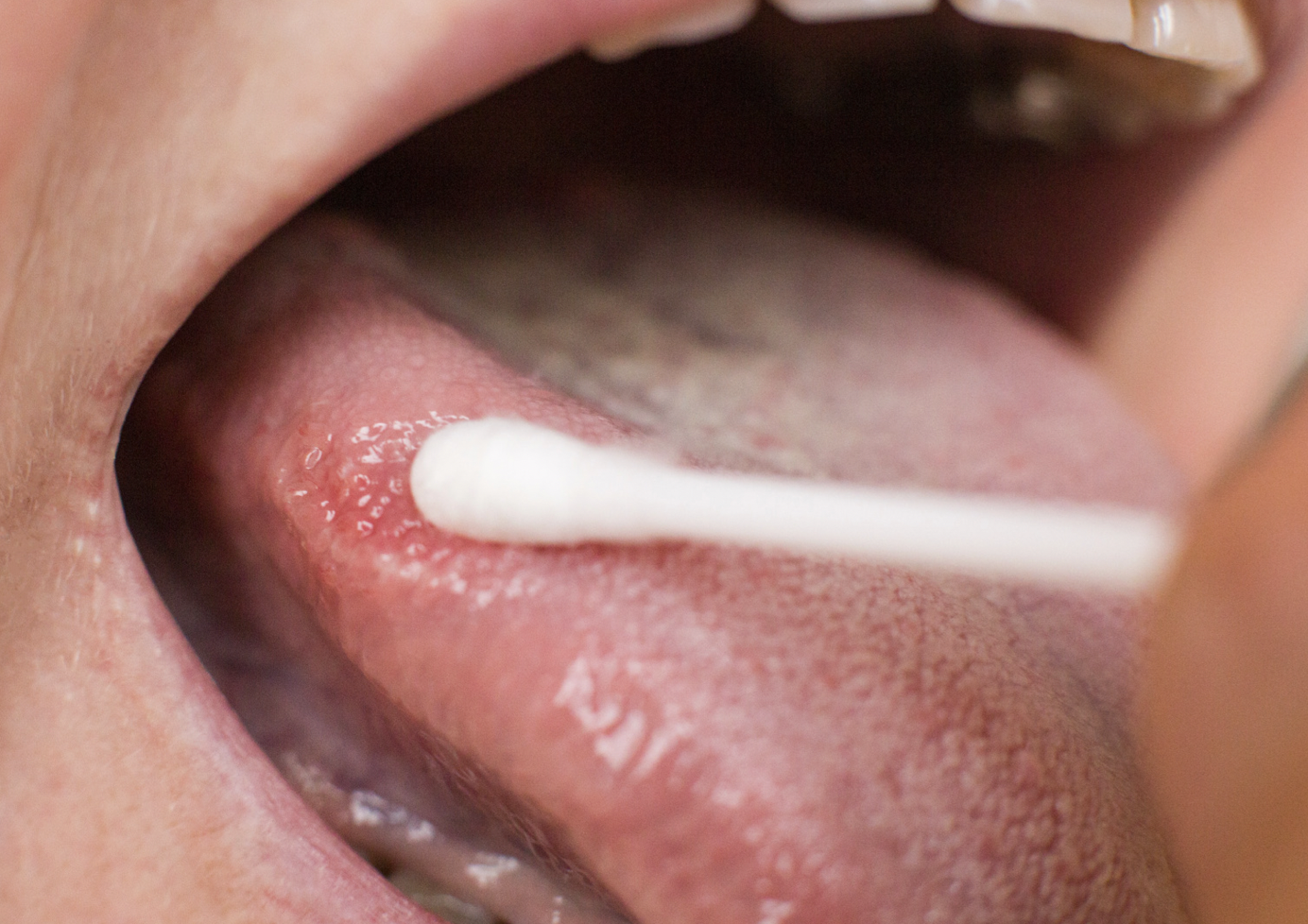Definition
Gingival injury is an impact-induced injury in which contact with adequate mechanical force damages the gingival or surrounding oral structures. This condition is also referred to as a gum injury. Gingival injuries can occur in individuals of all ages, including children and adults. Nevertheless, dental trauma predominantly affects those who are younger than 19 years old.
The most common causes of gum trauma are impacts on complex objects, such as falls, motorcycle accidents, sports-related injuries, and acts of violence.
There are several classifications of gingival injuries, including the following:
- Soft Tissue Injuries
The soft tissues of the mouth, lips, tongue, gums, and lining of the cheeks can sustain injuries, even if the teeth are not physically damaged. When this type of injury is suspected, first aid can be administered by gargling with saline water. As a foreign object is present, attempt to remove it delicately using your hand or saline solution; repeat rinsing as required.
- Foreign Objects in the Gingiva
The results of a lodged foreign object in the gums or the space between the teeth and gums are potentially severe, including irritation and infection. Although popcorn and toothpick splinters are two of the most typical factors, numerous other objects may also contribute to this condition.
If you find an item lodged beneath the gum line, attempt to delicately move a strand of dental floss upward and downward along an adjacent tooth to dislodge it. Alternatively, you may try to dislodge the object by applying gentle force with a toothpick. However, prevent excessive pressure, as this may cause the object to be pushed further or damage the gingival tissue. If these steps prove ineffective, promptly consult a dentist to reduce the risk of infection.
- Periodontal Abscess
A periodontal abscess, a gum infection or gum boil, is a sac filled with pus that can cause significant pain and necessitate immediate medical intervention. The underlying cause of the illness might originate from an external object stuck beneath the gingival line or from unregulated periodontal (gingival) disease. Although it may not develop overnight, a periodontal abscess may suddenly induce severe pain due to its rapid pressure accumulation.
Additional symptoms include pulsating, sensitivity, inflammation, and fever. An abscess may sometimes be the underlying cause of poor breath or a sour taste in the mouth. Immediate treatment of abscesses is crucial, as untreated infections can result in rapid osteolysis, resulting in tooth loss and potential systemic dissemination. Treatment options involve the extraction of pus and fluid, managing the disease, and eradicating the underlying source of the infection.
Read more: Gum Infection - Definition, Causes, Symptoms, And Treatment
Causes
The most prevalent cause of gingival injuries is trauma or impact that exceeds the gingiva's ability to absorb pressure. Additionally, abrasions, sports-related injuries, and falls can also be causes.
Risk Factor
Potential factors that increase the risk of gingival injuries include:
- Experiencing dental and oral ailments
- Possessing a physical impairment
- Smoking
- Engaging in physical activities or sports without the use of personal protection equipment
Symptoms
Signs of dental trauma can manifest as:
- Persistent ache or discomfort in the mouth and jaw
- Difficulties when chewing
- Inflammation of the mouth and gums
- Substantial bleeding in the gums and surrounding regions
Diagnosis
A dentist will diagnose gingival injuries by reviewing a patient's medical history, conducting a physical examination of the teeth, and performing additional tests as needed.
During the medical interview, the dentist may inquire about present symptoms, records of physical injuries, past medical conditions, and familial medical history. Subsequently, the dentist will do a thorough examination of the teeth. Dental examinations involve evaluating the teeth's color, form, presence of blood, and pain.
Additionally, the dentist may conduct supplementary examinations. The dentist may also carry out additional evaluations. Imaging studies like head and neck X-rays may provide further evidence.
Management
Identifying the underlying cause is essential for the effective treatment of gingival injuries.
For instance, a dentist might advise oral cleaning to remove tartar and plaque from the gums for patients with gum disease. Additionally, they suggest using an antibacterial mouthwash with chlorhexidine or alcohol to eliminate any bacteria and prevent plaque formation.
A dentist may advise surgical intervention to restore the lost bone or gingival tissue in cases of severe gum disease. This may occasionally involve using bone and tissue transplants to promote the development of new, healthy tissue.
The gingival pain associated with sinusitis typically disappears once the infection has resolved. In the case of a bacterial infection, your dentist may prescribe antibiotics.
Complications
Gingival injuries may not seem dangerous, but they may lead to several complications, including:
- Dental pulp necrosis
- Dental abscess
- Dental root injury
- Permanent dental loss
- Facial nerve disorders
Read more: Dental Abscess - Definition, Causes, Symptoms, And Treatment
Prevention
It is possible to reduce the risk of gum trauma by taking the following precautions:
- Wear protective gear, like a helmet and a tooth protector, when engaging in activities like driving or intense exercise
- Avoid consuming meals that may exacerbate injury, such as those with a hard consistency or excessively high and low temperatures
When to see a doctor?
Gum trauma is a serious condition that should be treated immediately by a dentist if you experience any of the symptoms described above.
Looking for more information about other diseases? Click here!
- dr. Monica Salim
Dental Plans: Gum Injuries (2022). Retrieved 25, 2023, from https://www.dentalplans.com/dental-information/dental-emergencies/gum-injuries
Eastern Virginia Pediatric Dentistry: Gum Injuries (2020). Retrieved 25, 2023, from https://www.evapd.com/patient/emergencies/gum-injuries
Medical News Today: Gum Pain (2019). Retrieved 25, 2023, from https://www.medicalnewstoday.com/articles/324356#treatment











